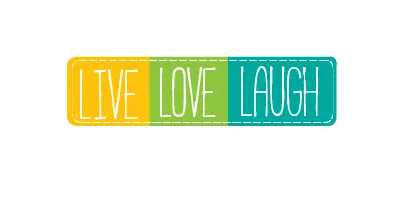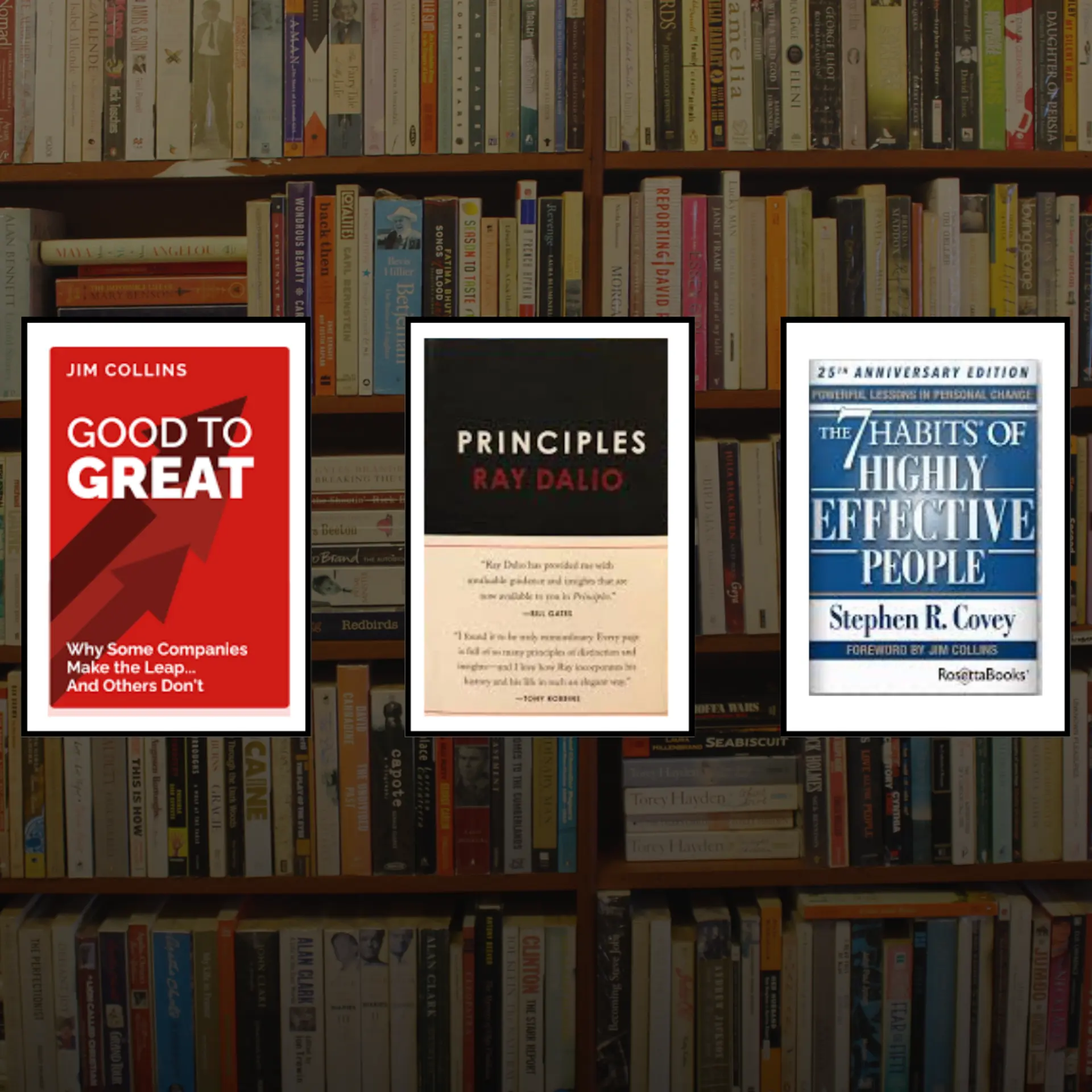One out of every two employees in corporate India suffers from anxiety and depression
A shocking study released this week found that one out of every two employees in corporate India shows signs of anxiety and depression.

In the study conducted by 1to1Help.net, a professional counselling company, on ‘The Mental Health Status of Employees in Corporate India,’ over 6000 employees in different cities, across organisations voluntarily completed the depression scale. Here are the other findings of the study:
- Eighty percent of the respondents, who exhibited symptoms of anxiety, and 55 percent with symptoms of depression, were going through it for over a year before seeking professional help.
- The study observed that the number of people who came with the risk for suicidal behaviour has gone up from 2.1 out of 10 (2008) to 8.21 (July 2016).
- Prolonged ongoing stress due to personal and work contexts was identified as triggers for mental illness.
Speaking on the global trends of incidence of depression and suicidal risk in employees, Dr Mohan K Isaac, former HOD, Department of Psychiatry, Nimhans, says, “One of the reasons why the word depression is often misconstrued is because it is used in day-to-day conversation to express a bad mood. However, there is a difference between the mood swings we experience everyday and clinical depression.” He said that contrary to popular belief, depression is a global phenomenon and is often accompanied by anxiety.
Globally, WHO says that around 350 million people of all ages suffer from depression and it is the leading cause of suicide among 15-29-year-olds. “Such alarming statistics call for awareness to be raised about depression and anxiety,” Dr Isaac said.
An Assocham study released last year revealed that 42.5 percent of employees suffer from depression. It said, “Because of demanding schedules, high-stress levels, and performance-linked perquisites in private sectors, nearly 42.5 percent of employees in private sectors are afflicted with depression or general anxiety disorder, compared to government employees with lesser levels of psychological demand at work.”
The corporate world is often described as a VUCA world where volatility, uncertainty, complexity, and ambiguity rule. For employees, managers, and even the top brass operating in such an atmosphere, stress can quickly turn to distress and lead to anxiety and depression.
A sign of caution for startups too that are constantly riding the roller coaster of euphoric highs and depressing lows.

Though Dr Isaac says work is the best antidote for depression, increasingly unrealistic demands and pressures are triggering anxiety and depression. According to the study, the precipitating factors for depression include:
- Fear of job loss, termination, disciplinary actions, and ongoing inquiries
- Financial concerns, huge debts
- Unable to meet expectations, deadlines
- Feelings of failure and unfairness
- Job dissatisfaction, unhappy with the job location (homesickness), no clear job profile (stagnation and frustration)
- Harassment (sexual and non-sexual)
- Excessive burnout, emotional exhaustion, overwork, and sleep deprivation.
What is the impact of mental health related disorders in the workplace and how can businesses help tackle it?
Dr Chaitanya Gulvady, VP- HR Health Management at Siemens Ltd, feels that in India, the ratio of patient to a psychiatrist is very low and therefore a counselling service at the workplace is a good idea. He feels, “If mental disorders go undetected and unaddressed, it will affect the morale, performance, and productivity of the team, and ultimately the company suffers. Businesses are not into charity, they have to also see their bottom line.”
Vijay Bharadwaj, VP-HR at Dell Inc and whole time Director on Board of Dell International services, India, is scathing of the coporates’ attitude towards mental health. “As a nation, we are very insensitive, and this gets amplified at the workplace,” he says.
For example, the standard practice to fire an employee is to go by the rule book and end the engagement in a clinical fashion. “In countries like New Zealand, I saw that when a manager has to sack two people from a team of 25, he calls all of them and lays all the cards on the table. He then offers the other 23 counselling sessions if they so wished to take. Imagine, an Indian manager doing this here,” he says.
Signs that something is wrong
- Absenteeism, more than usual sick leave
- Physical ailments
- Poor work performance
- Accident proneness
- Tension and conflict with co-workers
- Harmful substance abuse
- Alcoholism
- Suicidal ideation
Make managers aware: Managers do not care because they are not aware. Vijay says it is important that managers are aware of any distress in their team, and are equipped to handle it sensitively.
Provide outlets for employees to voice their grievances: Companies should take initiatives to create a stress-free work environment by providing outlets for employees to voice their grievances and deal with their issues. An important question that businesses should ask is besides covering their employees’ health insurances, is mental health insured too?
Archana Bisht, Director, 1to1Help.net, says, “The counsellors at 1to1Help.net began to notice an increase in the number of people approaching 1to1Help’s Employee Assistance Program for concerns such as extreme anxiety and depression. It was found that there was an increase in the number of people who were at risk for suicidal behavior. From a number of three to five per week, we were beginning to see an average of two people per day who were at risk. This called for action to be taken to find data for the incidence of mental health concerns and at-risk clients.”
The company has over 200 clients and the study was done on their employees. According to the company, the data was pooled in from two sources – the results of two self-assessments tests on depression and anxiety taken by employees between July 2014 and July 2016 and self-help articles read by most of the employees in the last 15 years. The second source was their counselling data from 2006 to 2016.







